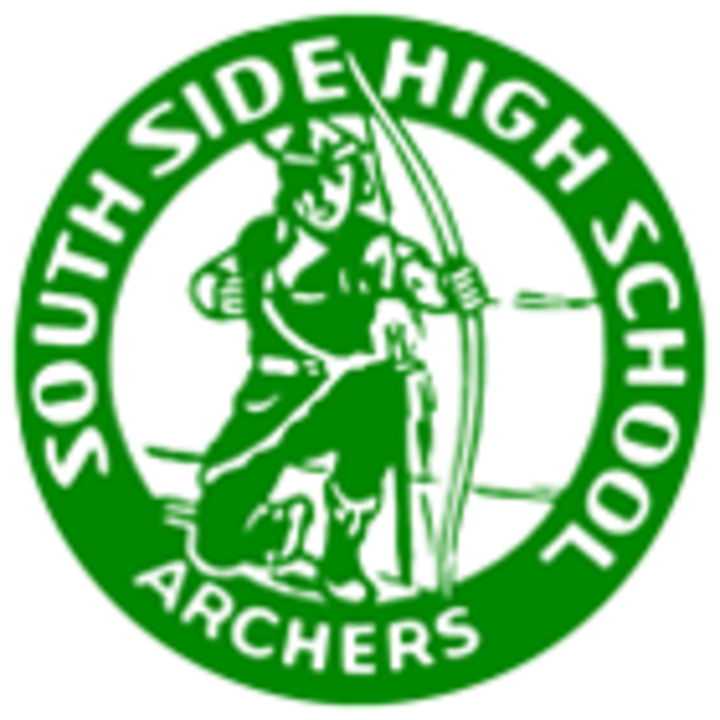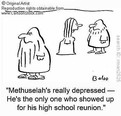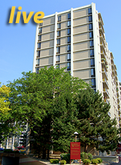River Vision Story
The River Vision Story
During the 50th Reunion Sunday Brunch there was discussion and interest in Fort Wayne's current plan to develop our riverfronts to create a dynamic downtown that attracts residents, visitors, and private investment. The possibility of our class contributing something to this endeavor was mentioned.
{ Be sure to Scroll Down
& Read the FUN FACTS
about Fort Wayne Below }
There’s a current of excitement in downtown Fort Wayne.
Downtown Fort Wayne is more than a convergence of rivers. It’s a destination with as much history as promise and the vastly untapped potential to inspire a whole new brand of adventure for residents, investors, visitors, and even Mother Nature.
The long-term value of this study is beyond price and comparison, because Fort Wayne’s river fronts are genuinely unique. We’re inviting you to join the process — help us envision and engage — as we learn to live, invest, socialize, connect, protect, and appreciate one of our community’s most amazing assets.
– Engage - Envision Fort Wayne!
The Envision Fort Wayne Center is an innovative place for the community to comment, discuss and review all aspects of the Riverfront Study. Located at 916 S. Calhoun St., the Envision Fort Wayne Center is a place for residents to drop in and discover the history of Fort Wayne's rivers as well as examine their future potential as a regional destination.
The third phase of the study is over and the consultants of SWA revealed the draft master plan in October. These draft master concepts are filled with development opportunities and activities for everyone to enjoy, but we still need your input as we transition into phasing priorities that will bring the Riverfront plans to life. We invite you to stop into the Envision Center to review the new concepts and discuss with us your input on the improvement priorities for Riverfront Fort Wayne!
As we move through the Riverfront Study process, the Envision Fort Wayne Center will continually be updated with new information. That's why you should feel free to keep stopping in and see what's new!
Photographs, descriptions, and other materials for this gallery were provided by Fort Wayne River Front, the Envison Center, and the SWA Group.
FUN FACTS
Hall's Gas House is named for the Northern Indiana Public Service Co. Gas Plant that once occupied the property where the restaurant now sits.
The stone building known as the "Canal House" on Superior Street was built in 1852 by stone merchant and masonry contractor John Brown. It is listed on the National Register of Historic Places.
Over a dozen colleges and universities are located in Northeast Indiana with enrollment topping 40,000 students.
In 2014, Site Selection Magazine showed Indiana is #1 in the Midwest for the best overall business climate, according to a survey of site consultants.
Club Soda was originally built as a junk warehouse.
Each person in the United States uses about 100 gallons of water each DAY.
The Downtown Improvement District includes all property within the boundaries of Headwaters Park to the north, Clay Street to the east, Baker Street to the south, and Broadway Street to the west.
Fort Wayne Ballet was incorporated in 1956 opening with the production of "Cinderella" and has earned critical acclaim for its holiday performances of "The Nutcracker."
Arts United of Greater Fort Wayne is the third oldest united arts organization in the U.S.
In 2014, Site Selection Magazine showed Indiana is #1 in the Midwest for the best overall business climate, according to a survey of site consultants.
In 2012, the Milken Institute Best-Performing Cities Index ranked the Fort Wayne MSA #13 out of 200 cities nationwide in job growth.
Dredging our rivers will not help reduce flooding because silt and sediment would quickly be re-deposited in the river bottoms.
About one-third of the City of Fort Wayne is served by combined sewers – sewers that carry only sanitary sewage when it is not raining but will also carry stormwater runoff when it rains.
Did you know that Fort Wayne neighborhoods such as West Central, East Central, Bloomingdale and Spy Run offer affordable single family homes close to all the action of downtown.
Did you know that Harrison Square provides 62 luxury apartments that allow you to enjoy a view of the downtown skyline or a baseball game at Parkview Field.
Fort Wayne is a bronze level bike-friendly city.
The downtown Rivergreenway has four overlook areas where trail users can view the river: Old Fort, MLK Bridge, Historic Wells Street Bridge and Orff Park.
In 1883, a large baseball field in what is now Headwaters Park hosted the nation's first nighttime baseball game
In 2012, the Milken Institute Best-Performing Cities Index ranked the Fort Wayne MSA #13 out of 200 cities nationwide in job growth.
In 1894, Local Civil War veterans of the Union Army helped build the impressive Civil War monument and iron footbridge to cross Spy Run Creek into Lawton Park.
Most of the land in the riverfront development study area was flooded in the disastrous 1913 flood.
Flood levees built in the early 2000s now offer protection to many properties in the riverfront study area.
In 1894, Local Civil War veterans of the Union Army helped build the impressive Civil War monument and iron footbridge to cross Spy Run Creek into Lawton Park.
Greater Fort Wayne Inc. is the new organization that unifies the Fort Wayne – Allen County Economic Development Alliance and the Greater Fort Wayne Chamber of Commerce, serving as a single point-of-contact for economic growth in Greater Fort Wayne.
WE NEED >>CLASSMATE CONTRIBUTIONS, please!
We want your FEEDBACK about your “50th Reunion Story” galleries!!
|
|
|
Next Page |
|
|
|
Next Page |












